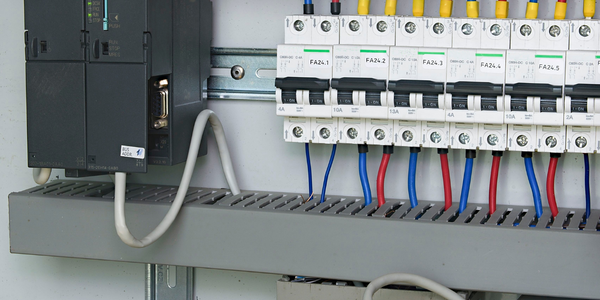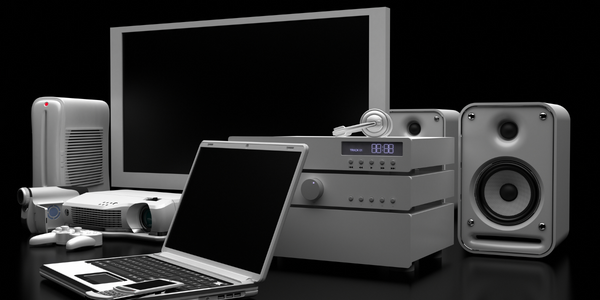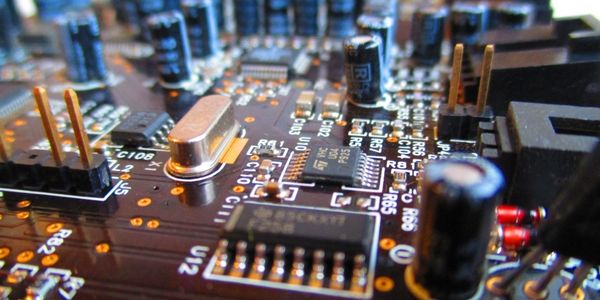公司规模
Large Corporate
地区
- America
国家
- United States
产品
- Blue Yonder’s Luminate™ Planning solution
技术栈
- Advanced planning capabilities
- Supply chain segmentation capabilities
实施规模
- Enterprise-wide Deployment
影响指标
- Productivity Improvements
- Customer Satisfaction
- Cost Savings
技术
- 平台即服务 (PaaS) - 应用开发平台
适用行业
- 电子产品
适用功能
- 离散制造
- 物流运输
用例
- 供应链可见性(SCV)
- 库存管理
- 需求计划与预测
服务
- 云规划/设计/实施服务
- 数据科学服务
关于客户
Western Digital Corporation(原 SanDisk)是闪存存储解决方案领域的全球领导者。其产品遍布全球许多大型数据中心,嵌入先进的智能手机、平板电脑和个人电脑,以及全球数十万家零售店。随着业务的增长,他们需要从自主开发的基于电子表格的规划工具迁移到强大、可扩展的解决方案,以支持其不断扩大的原始设备制造商 (OEM) 渠道和零售业务。他们寻求一种集成的高级规划解决方案,帮助他们保持盈利增长并最大化利润,同时继续满足客户需求并提高客户满意度。
挑战
西部数据公司是闪存存储解决方案领域的全球领导者,其基于电子表格的资源密集型规划流程面临挑战。该流程涉及四周的规划周期,且仅包含基本的规划假设。该公司希望制定每日综合供应链计划,其中包括需求、材料供应和产能限制以及利用率、分配和执行目标。他们还希望了解整个组织的需求和供应情况,包括每个细分市场和渠道的库存、促销计划以及供应和生产计划。此外,他们希望使用客户细分和多层延迟策略来降低总体库存水平,同时更好地定位产品和材料以支持改进的客户服务。
解决方案
随着西部数据业务的增长,他们需要从自主开发的基于电子表格的规划工具迁移到强大、可扩展的解决方案,以支持其不断扩大的原始设备制造商 (OEM) 渠道和零售业务。他们选择了 Blue Yonder 的 Luminate™ 规划解决方案来转变其规划流程。西部数据利用 Blue Yonder 的高级规划功能来管理需求、计算统计预测并将销售预测数据和实际数据转化为销售数据。这使他们能够有效地确定最佳库存水平和阶段并管理硅片分配。该解决方案还用于管理复杂的需求优先级,根据材料、产能、成本和服务水平优化供需响应,并支持根据需求信号和假设分析每天多次重新规划。西部数据利用 Blue Yonder 的规划套件,通过部署精心规划的制造和库存延期策略,实现有利可图的供应平衡以满足需求。
运营影响
数量效益

Case Study missing?
Start adding your own!
Register with your work email and create a new case study profile for your business.
相关案例.

Case Study
Remote Temperature Monitoring of Perishable Goods Saves Money
RMONI was facing temperature monitoring challenges in a cold chain business. A cold chain must be established and maintained to ensure goods have been properly refrigerated during every step of the process, making temperature monitoring a critical business function. Manual registration practice can be very costly, labor intensive and prone to mistakes.

Case Study
Predictive maintenance in Schneider Electric
Schneider Electric Le Vaudreuil factory in France is recognized by the World Economic Forum as one of the world’s top nine most advanced “lighthouse” sites, applying Fourth Industrial Revolution technologies at large scale. It was experiencing machine-health and unplanned downtime issues on a critical machine within their manufacturing process. They were looking for a solution that could easily leverage existing machine data feeds, be used by machine operators without requiring complex setup or extensive training, and with a fast return on investment.

Case Study
Cloud Solution for Energy Management Platform-Schneider Electric
Schneider Electric required a cloud solution for its energy management platform to manage high computational operations, which were essential for catering to client requirements. As the business involves storage and analysis of huge amounts of data, the company also needed a convenient and scalable storage solution to facilitate operations efficiently.

Case Study
Leveraging the IoT to Gain a Competitive Edge in International Competition
Many large manufacturers in and outside Japan are competing for larger market share in the same space, expecting a growing demand for projectors in the areas of entertainment, which requires glamor and strong visual performance as well as digital signage that can attract people’s attention. “It is becoming more and more difficult to differentiate ourselves with stand-alone hardware products,” says Kazuyuki Kitagawa, Director of Service & Support at Panasonic AVC Networks. “In order for Panasonic to grow market share and overall business, it is essential for us to develop solutions that deliver significant added value.” Panasonic believes projection failure and quality deterioration should never happen. This is what and has driven them to make their projectors IoT-enabled. More specifically, Panasonic has developed a system that collects data from projectors, visualizes detailed operational statuses, and predicts issues and address them before failure occurs. Their projectors are embedded with a variety of sensors that measure power supply, voltage, video input/ output signals, intake/exhaust air temperatures, cooling fan operations, and light bulb operating time. These sensors have been used to make the projector more intelligent, automatically suspending operation when the temperature rises excessively, and automatically switching light bulbs. Although this was a great first step, Panasonic projectors were still not equipped with any capability to send the data over a network.









